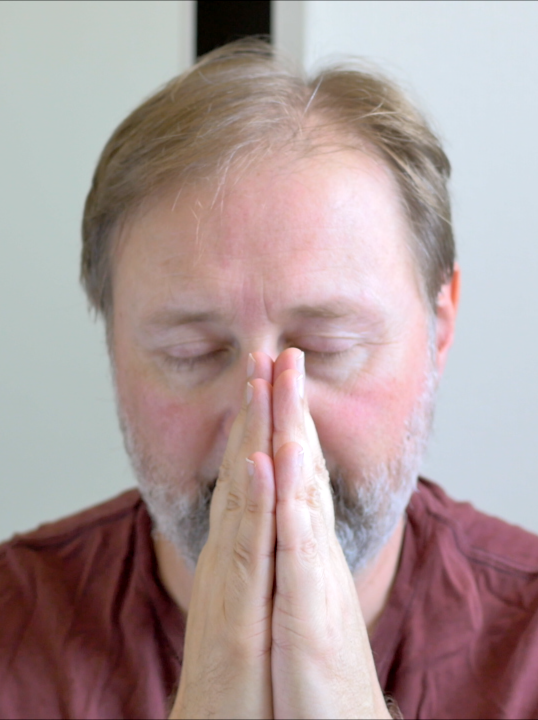[ What follows is the script for my Toastmasters Speech #2, given in Sendai, Japan]
Introduction
What if I told you that stories as diverse as the ancient Chinese fable ‘Journey to the West’, the life of Jesus as written in the New Testament, Shakespeare’s Julius Caesar, the 12th Century Japanese work Heike Monogatari, the Harry Potter books and almost every action and fantasy work ever filmed or written all followed the same pattern?
I want to expose that pattern to you. It will give you insight into movies and stories, and quite possibly change the way you watch and read them for the rest of your life.
Back in 1949 a man named Joseph Campbell first published a book called ‘The Hero with a Thousand Faces’, where he broke story characters down into a series of archetypes or character patterns. Campbell travelled the world, including a stay in Japan studying folklore and Noh theatre, and honed his theories into something called the Monomyth.
I want to cover archetypes in another speech, because today I want to focus on the Monomyth, or as we often call it – The Hero’s Journey.
Body
The Hero’s Journey is broken down into 12 basic stages.
Stage 1 – The Ordinary World Whether you are a carpenter or a spaceman or a boy who will be king of the wizards, you inhabit a world that is ordinary to you. Every story needs to show the ordinary world of the hero before it can explain the ‘extra-ordinary’ world he is about to enter.
Stage 2 – The Call To Adventure This is where our main character, our hero, has his world changed. Either externally or internally. Maybe an old wizard shows up and invites him to join a quest – as in Lord of the Rings, or a princess appears in a hologram as in Star Wars.
Stage 3 – Refusal of the Call Our hero says “no, I don’t think so” to the adventure before him. Indiana Jones thinks it’s impossible to find the Ark.
Stage 4 – Meeting with the Mentor Our hero meets someone who is well versed in the tools of the new world, who can guide or train our hero at the start of his journey into the unknown. Think that scene where James Bond meets Q, the person who gives him all those great weapons, or when Hagrid tells Harry Potter who his parents were.
Stage 5 – Crossing the Threshold Finally our hero is ready and can plunge headlong into the story and the world before him, one with different rules and values than his own. Frodo leaves the Shire, Luke Skywalker leaves Tatooine, Alice goes down the rabbit hole, Sherlock Holmes steps out onto the streets to solve a crime
Stage 6 – Tests, Allies and Enemies Our hero is tested, finds new friends, and finds new foes. Story is struggle – in his tests these cases our heroes find out who is friend and who is not. And we, the audience, learn what kind of skills and values our hero really has.
Stage 7 – Approach The hero and his allies prepare for the major challenge in this new world – to get the thing he came for. Usually this is physically a cave or enclosed space that the hero approaches. Dorothy and her friends finally get inside Oz.
Stage 8 – The Ordeal This is the darkest moment for our hero, where we, the audience, fear for his life and root for his success. Our hero enters battle and confronts death, maybe even dies. Out of the moment of death his reborn with greater strength.
Stage 9 – The Reward The hero gets the thing he wanted. Campbell called it ‘the elixir’, others call it ‘the sword’, but it is something that could be taken back with the hero. There is celebration, but still the risk of losing what he has won.
Stage 10 – The Road Back Now that he has what he came for our hero has to fight his way back. He is usually chased by those that protected the thing he came for.
Stage 11 – The Resurrection The ultimate fight as our hero breaks out of the special world. The hero returns home, bringing with him the treasure that can change his ordinary world.
Stage 12 – New Life Back to the same old life as stage 1. Sherlock Holmes goes back to 221b Baker Street, Frodo is back in the Shire, Dorothy is back in Kansas. But things are different. Life is never the same when you’re a hero.
It’s easy to apply this structure to action movies, as any good action movie made now uses this as it’s template. Any Role Playing video game, like the Final Fantasy series or the ones where you have to get league points, also relies heavily on this theory.
New sensation the Hunger Games blatantly follows it. And so does famous anime like ‘One Piece’. Each ‘Voyage’ of ‘One Piece’ puts Monkey D Luffy through the Hero’s Journey.
Conclusion
I hope you’ll leave here tonight and start to see the Journey in books and movies.
But, it’s not just fiction that follows the Hero’s Journey. It is also in our own lives. We may not slay dragons or enter a magical world, but I bet that each of us needs to learn, overcome obstacles and return with a treasure that will make our lives better.
Joseph Campbell said
The cave you fear to enter holds the treasure you seek.
Maybe this room is your cave, and speaking is your fear. But if you conquer it, you’re a kind of hero, don’t you think?

